Established in the year 1800, the Library holds the distinction of being the nation’s oldest federal cultural institution. However, a significant setback occurred on August 24, 1814, when British troops set fire to the Capitol building, which served as the Library’s home, destroying the Library’s original collection of 3,000 volumes. In response to this loss, Congress took action on January 30, 1815, by authorizing the acquisition of Thomas Jefferson’s personal library. At that time, the library was consisting of 6,487 books, for the sum of $23,950.
The Collections
Every workday, the Library receives approximately 15,000 items and incorporates over 10,000 of them into its collections. These materials are obtained through various means, including copyright deposits, gifts, purchases, contributions from other government entities (at the state, local, and federal levels), the Cataloging in Publication program (a pre-publication agreement with publishers), and exchanges with libraries both in the United States and internationally. Items that are not chosen for the Library’s collections or for internal purposes are utilized in the Library’s national and international exchange programs. Through these exchanges, the Library obtains materials that might not otherwise be accessible. The remaining items are offered to other federal agencies and subsequently become available for donation to educational institutions. It is also available for public organizations, and nonprofit tax-exempt entities in the United States.
International Collections
Since 1962, the Library of Congress has maintained offices abroad to acquire, catalog and preserve library and research materials from countries where such materials are essentially unavailable through conventional acquisitions methods. Overseas offices in New Delhi (India), Cairo (Egypt), Rio de Janeiro (Brazil), Jakarta (Indonesia), Nairobi (Kenya) and Islamabad (Pakistan) collectively acquire materials from more than 60 countries and acquire materials on behalf of United States libraries participating in the Cooperative Acquisitions Program.
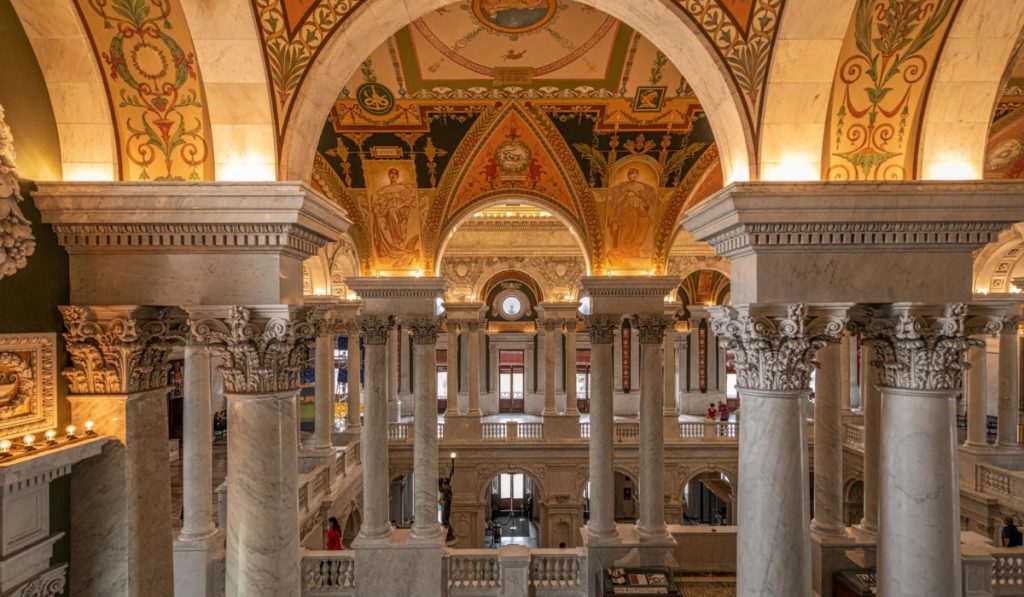
Foreign Languages
Approximately half of the Library’s book and serial collections are in languages other than English. The collections contain materials in some 470 languages.
African and Middle Eastern Materials
The Library’s African and Middle Eastern Division holds several thousand volumes in the non-Roman script languages of the region.
Asian Materials
The Library’s Asian Division collection holds millions of items, the largest assemblage of Chinese, Japanese and Korean materials outside of Asia, and one of the largest Tibetan collections in the world.
European, Iberian, Latin American and Caribbean Materials
The Library holds the largest collection of Russian-language materials in the United States and the largest outside of Russia. The Library’s Iberian, Latin American and Caribbean collections, comprising millions of books, journals, newspapers, maps, manuscripts, photographs, posters, recordings, sheet music and other materials, are the largest and most complete in the world.
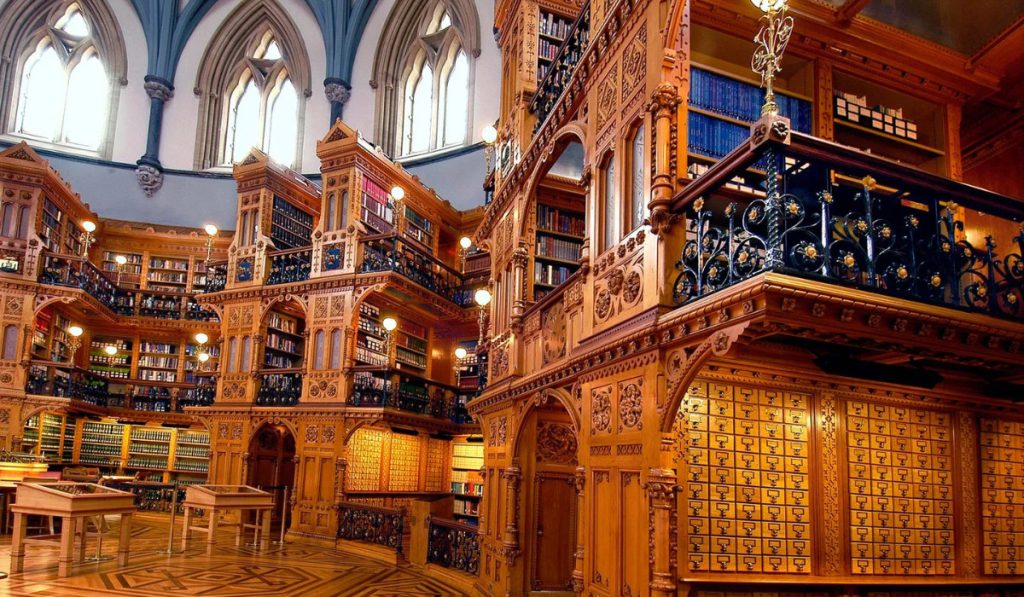
Also Read: International Literacy Day: Empowering Through Education
Law Library
The Law Library of Congress is the world’s largest law library, including one of the world’s best rare law book collections and the most complete collection of foreign legal gazettes in the United States. The Law Library contains United States congressional publications dating back to the nation’s founding.
Rare Books and Manuscripts
The Library holds the largest rare-book collection in North America, including the largest collection of 15th-century books in the Western Hemisphere. The collection also includes the first book printed in what is now the United States, “The Bay Psalm Book” (1640).
Children’s Books
The Library possesses approximately 100 extremely rare children’s books, including “The Children’s New Play-Thing” (Philadelphia, 1763) and “The Children’s Bible” (Philadelphia, 1763).
Smallest Book
The smallest book in the Library of Congress is “Old King Cole.” It is 1/25” x 1/25”, or about the size of the period at the end of this sentence.
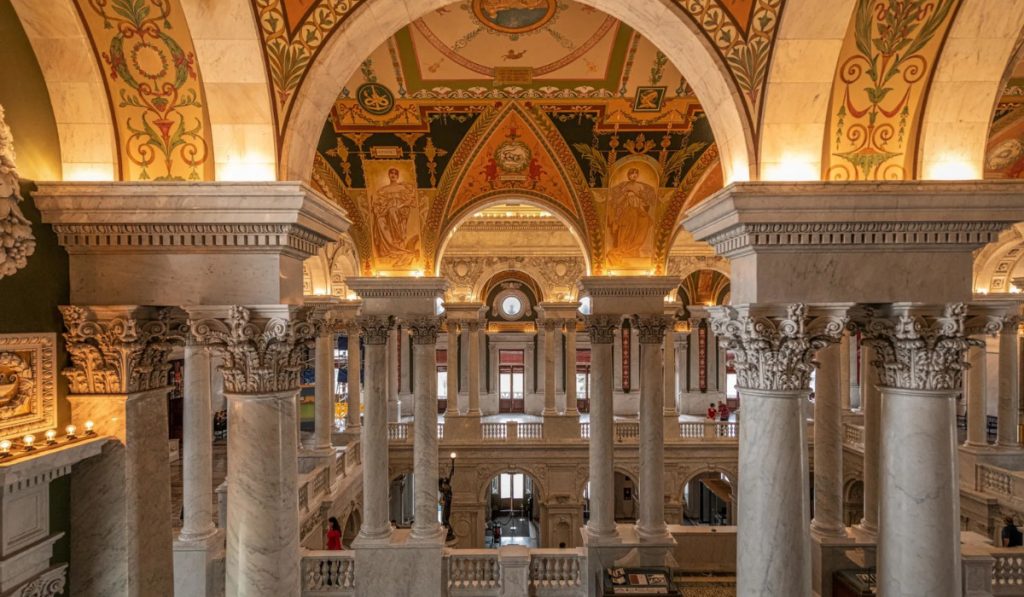
Largest Book
The largest book in the Library of Congress is a 5-by-7 foot book featuring color images of Bhutan. With support from Microsoft, a team of students from the Massachusetts Institute of Technology recorded the ancient life and culture in this South Asian country and made 40,000 digital images available to the Bhutan National Archives. A copy of the picture book was donated to the Library of Congress.
Also Read: The Brew Balance: Pros and Cons of Beer Consumption for Your Health
Oldest Example of Printing
One of the oldest examples of printing in the world – passages from a Buddhist sutra, or discourse, printed in 770 A.D. – is housed in the Library’s Asian Division. The oldest written material in the Library is a cuneiform tablet dating from 2040 B.C.
Presidential Papers
Foremost among the Manuscript Division’s holdings are the papers of 23 presidents, ranging from George Washington to Calvin Coolidge.
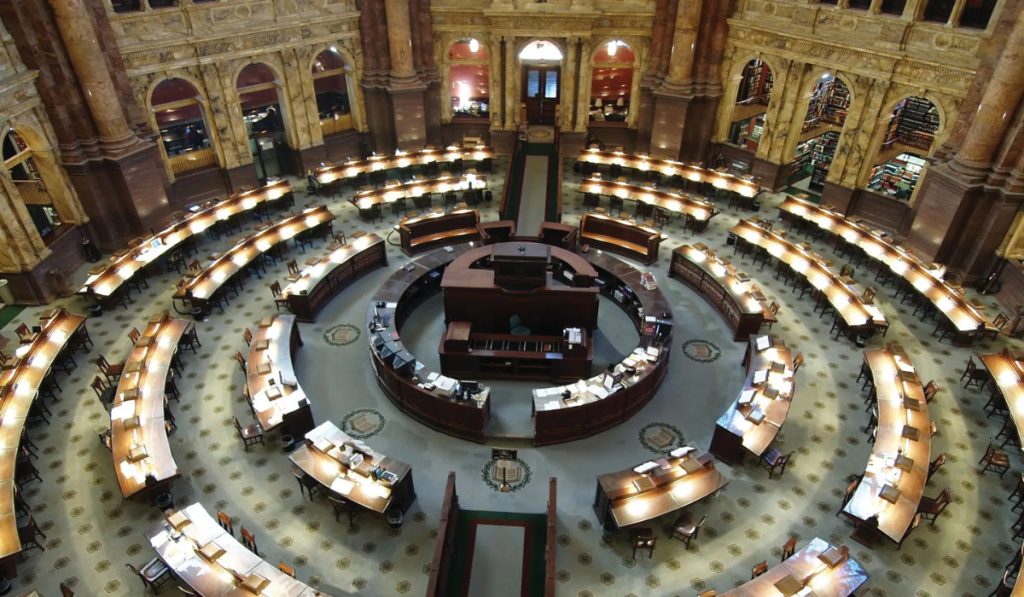
Gutenberg Bible
The Gutenberg Bible, one of the treasures of the Library of Congress, was purchased in 1930. The 15th-century work is one of three perfect copies on vellum in the world.
Audio-Visual and Performing Arts Collections
Prints and Photographs
The Library’s Prints and Photographs Division contains millions of visual images, including the most comprehensive international collection of posters in the world, the most comprehensive visual record of the Civil War, and pioneering documentation of America’s historic architecture. Many of these are accessible on the Prints and Photographs online.
Motion Picture, Broadcasting and Recorded Sound
Opened in 2007, the Library’s Packard Campus for Audio Visual Conservation in Culpeper, Va., was designed for the acquisition, cataloging, storage and preservation of the nation’s collection of moving images and recorded sounds. In partnership with the Packard Humanities Institute, the U.S. Congress and the Architect of the Capitol, the Library’s state-of-the-art facility houses the largest and most comprehensive collection of American and foreign-produced films, television broadcasts and sound recordings. The facility houses millions of sound recordings and film, television and video items. It represents more than a century of audiovisual production.
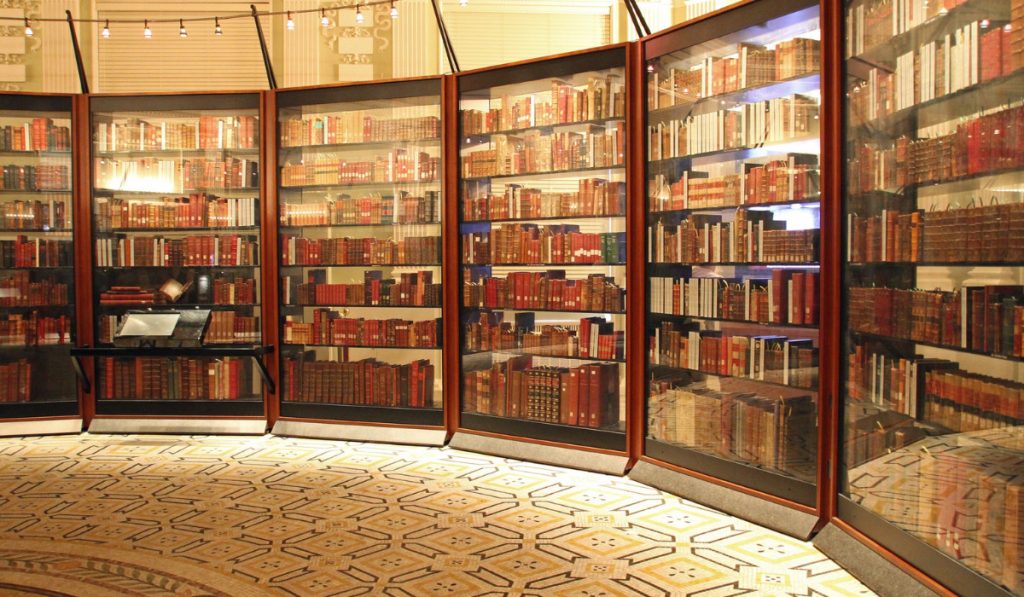
Music
The Library holds the most comprehensive collection of American music in the world. The collection includes an extensive assemblage of original manuscripts by composers of the American musical theater and the largest collection of any one kind of musical instrument (flute) in the world. The Library sponsors a long-running broadcast concert series of chamber music.
American Folklife Center and Veterans History Project
The Archive of Folk Culture in the American Folklife Center is the largest repository of traditional cultural documentation in the United States and one of the largest in the world. It contains the largest collection of American Indian music and spoken word. It also includes the earliest ethnographic field recordings made anywhere in the world.
The American Folklife Center administers the Veterans History Project, which was established by Congress in 2000 to preserve the reminiscences of the nation’s war veterans. Thousands of submissions have been collected, including many from members of Congress.
The American Folklife Center also administers and preserves the StoryCorps project, a nationwide grassroots initiative to record the oral histories of ordinary citizens.
Other Fascinating Facts
Digital Talking Books
Since 1931, the Library has provided books to the blind in braille and on sound recordings. The National Library Service for the Blind and Print Disabled has replaced its inventory of recordings on audio cassettes with newly developed Digital Talking Books and digital playback equipment.
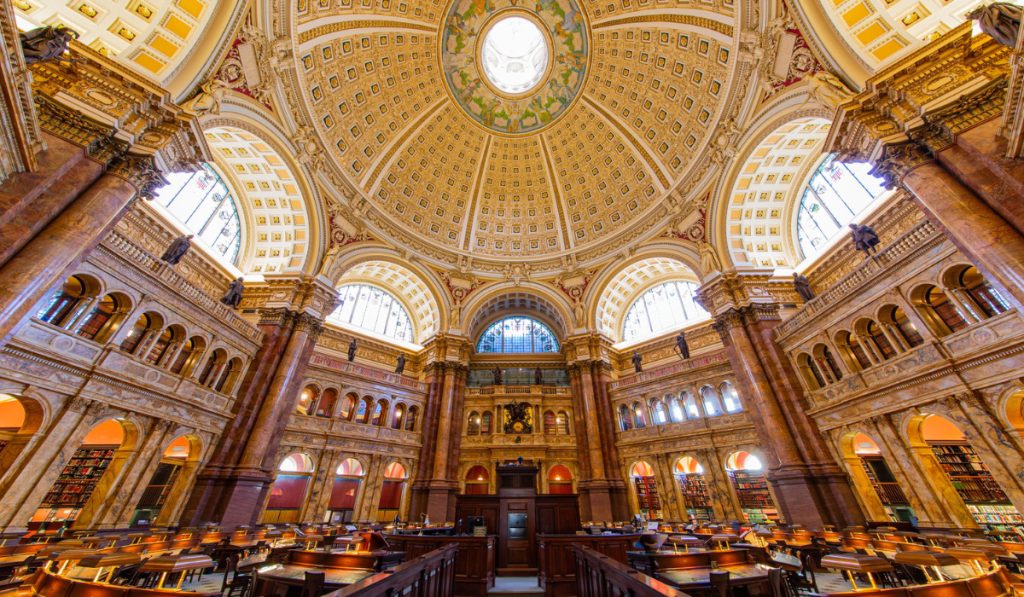
Cartography
The Library’s Geography and Map Division holds the world’s largest collection of cartographic materials. It has the largest collection of fire-insurance maps of cities and towns in the United States. This is providing unparalleled coverage of the growth of urban America from the late 19th to the mid-20th centuries. The collection also includes the 1507 world map by Martin Waldseemüller. It is also known as “America’s Birth Certificate,” the first document on which the name “America” appears.
Telephone Directories
The Library’s general collections contain the largest historical collection of U.S. telephone criss-cross (phone number and address) and city directories in the world. The Library holds thousands of telephone books and microfilmed city directories from hundreds of U.S. cities and towns. This vast collection also includes historical foreign telephone books and city directories.
Comic Books and Newspapers
The Library’s Serial and Government Publications Division contains the world’s largest collection of comic books. The oldest comic book in the collection is “Popular Comics,” February 1936. The division also holds the world’s most extensive newspaper collection. The oldest original newspaper in the collection is “Mercurius Publicas Comprising the Sum of Forraign Intelligence,” December 29, 1659.
Scientific and Technical Information
The Library of Congress has one of the largest and most diverse collections of scientific and technical information in the world. Such material makes up roughly one-fourth of its total book and journal collection. The Library’s Science, Technology and Business Division maintains this country’s largest collections of technical reports and standards.











